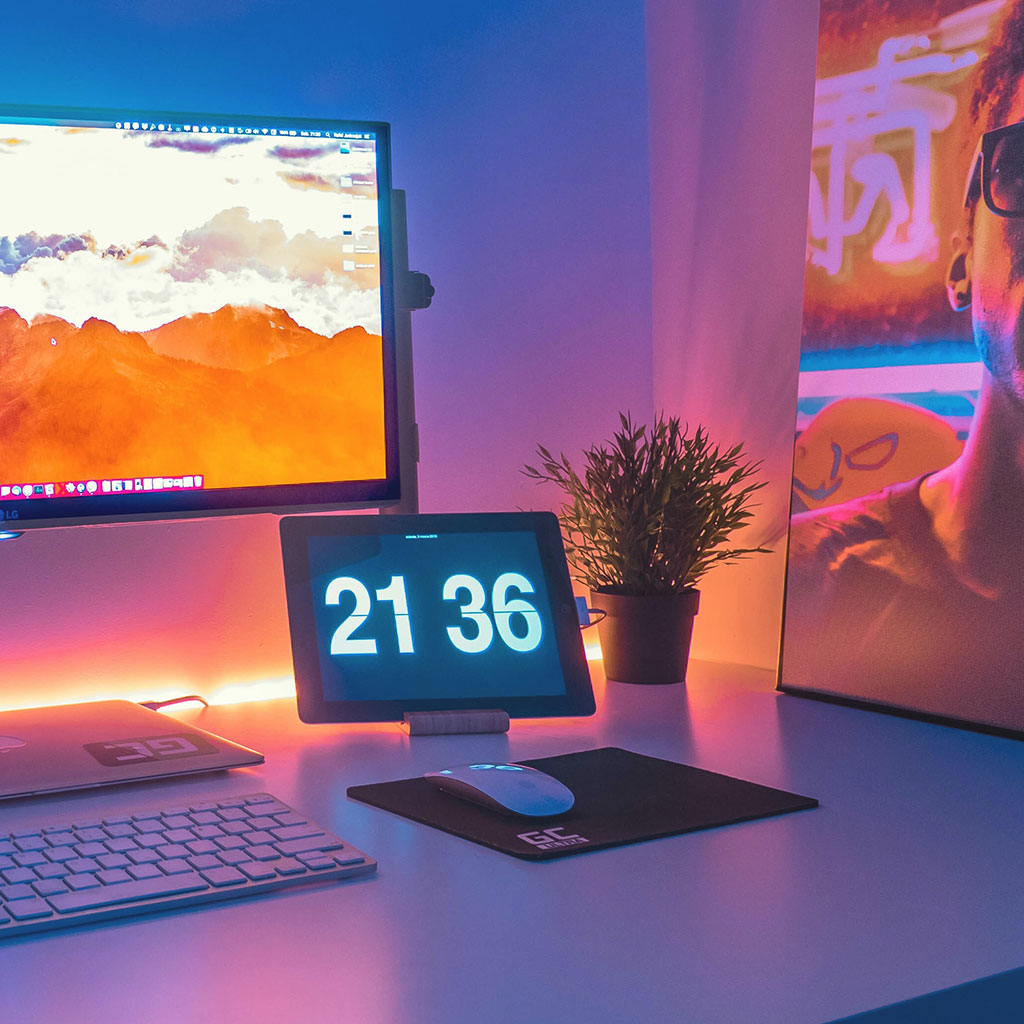How to connect iPad to TV with USB
How to connect iPad to TV with USB
Connecting your iPad to a TV using a USB cable can enhance your viewing experience and allow you to share content on a larger screen. This straightforward method provides a convenient way to enjoy videos, photos, presentations, and more directly from your iPad to your television set. In this guide, we’ll walk you through the steps to successfully link your iPad to a TV using a USB connection.
Unlock the magic of connecting your iPad to the TV using just a USB cable!
To connect your iPad to a TV using a USB cable, you’ll need an adapter that supports video output, like the Apple Lightning Digital AV Adapter or a compatible third-party alternative. Follow these steps:
- Get the Right Adapter:
- Purchase a compatible adapter. For newer iPads with a Lightning port, you’ll need the Apple Lightning Digital AV Adapter. Older iPads with a 30-pin dock connector will require a different adapter.
- Connect the Adapter to Your iPad:
- Elevate your iPad experience by seamlessly connecting it to the adapter using the Lightning or 30-pin connector that perfectly fits into its corresponding port.
- Connect the USB Cable:
- Using a standard USB to USB cable, connect one end to the USB port on the adapter.
- Connect to Your TV:
- Attach an HDMI cable to the HDMI port on the adapter. Now, let’s connect the other end to your television’s wide-open HDMI port!
- Set Your TV Input:
- Turn on your TV and use your remote to select the HDMI input to which you connected the cable.
- Power Up Your Setup:
- Ensure your iPad is charged or connected to power, as video output can drain the battery.
- View Your iPad Screen on TV:
- Your iPad’s screen should now be mirrored on the TV. You can now play videos, view photos, or use apps on the larger screen.
Remember that not all apps support video output, so some content may not be mirrored on the TV screen. Additionally, some apps may have copyright restrictions that prevent them from playing on an external display.
Please note that while this method allows you to mirror your iPad’s display on the TV, it may not work for all types of content (e.g., certain streaming services) due to digital rights management (DRM) restrictions.
What kind of USB cable is required for this connection?
To establish a wired connection between an iPad and a TV, you’ll need a specific type of USB cable. For most modern iPads, you’ll require a USB-C to HDMI or USB-C to VGA adapter, depending on the available ports on your TV. The USB-C connector is the latest standard used by Apple for their devices, providing a versatile and high-speed connection. These adapters act as intermediaries, allowing you to bridge the gap between your iPad and the TV. The HDMI variant is well-suited for newer TVs that typically feature HDMI ports, while the VGA option is compatible with older TVs that use analog connections. This choice of adapter and cable ensures that you can mirror your iPad’s screen onto the TV for a larger viewing experience.
While a wired connection using USB-C adapters is reliable for screen mirroring, it’s worth noting that some users may prefer wireless options, such as Apple’s AirPlay feature. This wireless functionality allows you to mirror your iPad’s display on a compatible TV without the need for cables. However, for those who prefer a direct and stable wired connection, using a USB-C to HDMI or VGA adapter and the corresponding USB cable remains an excellent choice. This approach ensures that you have full control over your iPad’s screen, making it a suitable solution for various purposes, including presentations, streaming, and other tasks that benefit from a larger display.
Do I need to charge my iPad during the connection process?
When connecting your iPad to a TV using a wired method, like a USB-C to HDMI or VGA adapter, it’s important to ensure that your iPad has sufficient battery charge. This is especially crucial if you’re planning on using the screen mirroring feature extensively or engaging in activities that require constant interaction with your iPad. While the connection process itself doesn’t drain the battery, tasks like streaming videos or engaging in remote control activities can use up power. Charging your iPad during this process ensures uninterrupted usage and avoids potential interruptions due to a low battery.
In contrast, when utilizing wireless methods like Apple’s AirPlay feature, battery charge is equally important. Since AirPlay relies on a Wi-Fi network to connect your iPad and TV, both devices need to remain connected to the network for seamless screen mirroring. A well-charged iPad ensures that it can maintain a stable connection without any interruptions. If the battery level is low, it’s advisable to connect your iPad to a power source, especially if you anticipate an extended period of screen mirroring or remote control activities. This ensures a smooth and uninterrupted experience while using your iPad with the TV.





You must be logged in to post a comment.